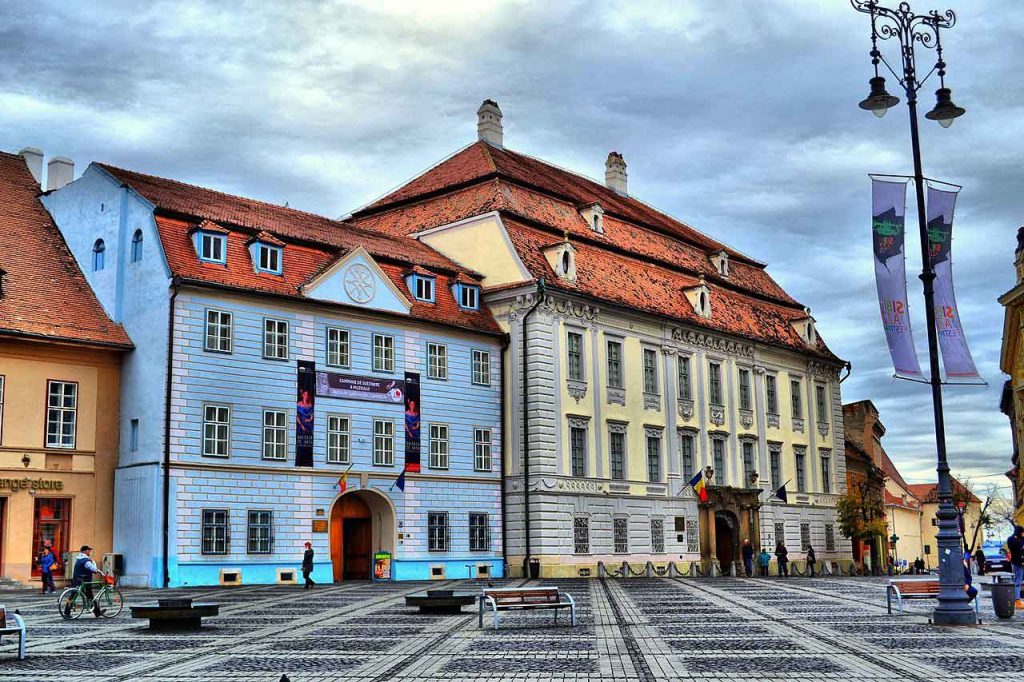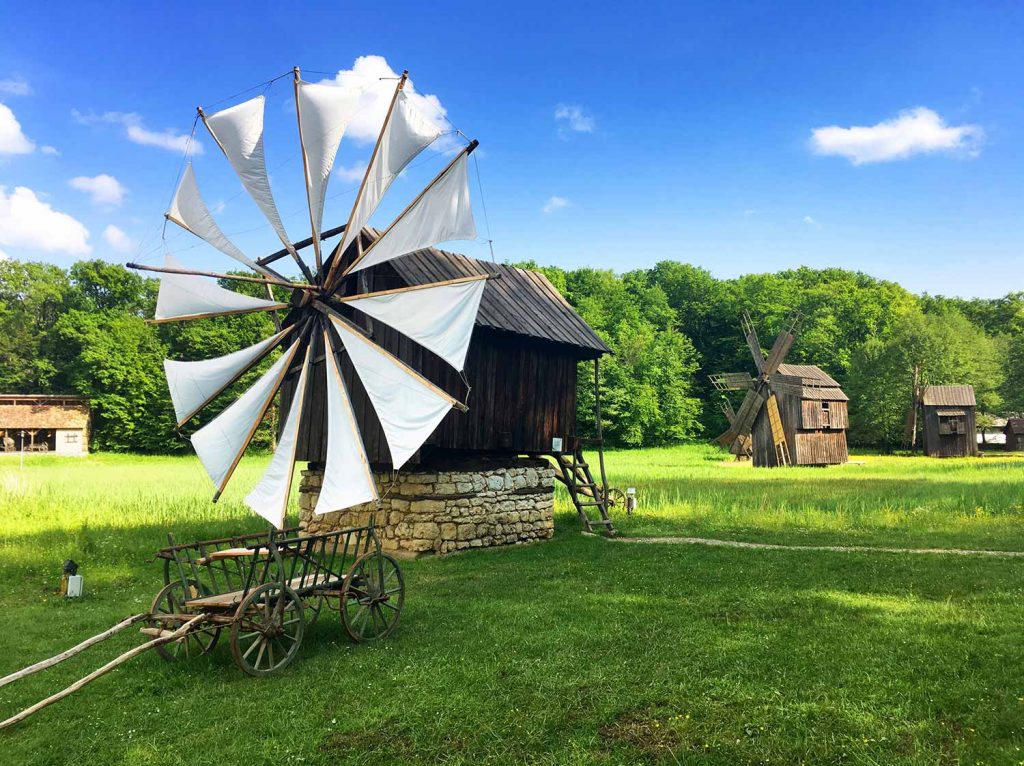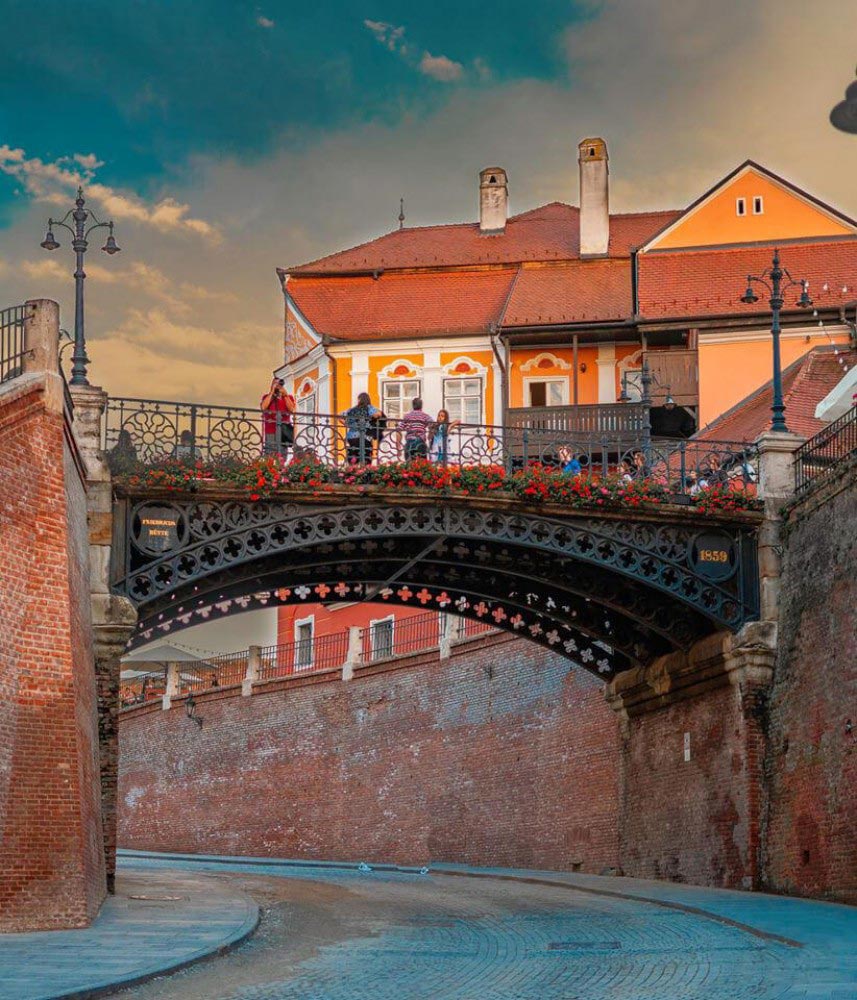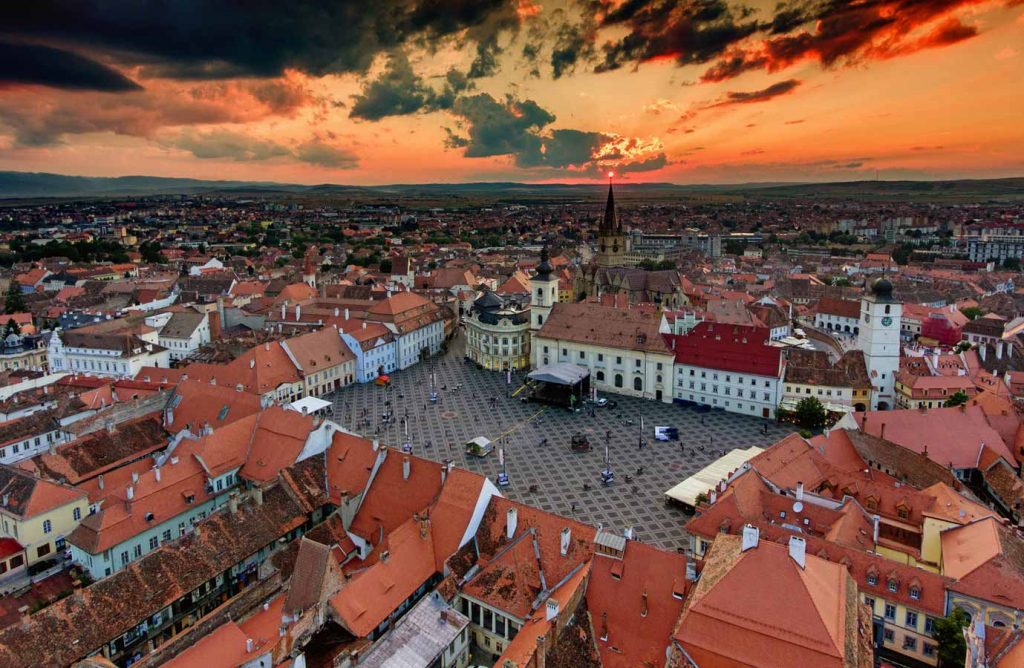We invite you to explore a medieval city with up to nine centuries of history: Sibiu. Here, remnants from extremely distant periods, fortifications, towers, and bastions have been preserved, alongside squares and buildings that can portray vast amounts of historical events. Another attraction of Sibiu is undoubtedly its cultural life which has been maintained over time through artistic heritage, events, and museums that inhabit the city. If you want to discover each of its secrets, we recommend visiting all these tourist spots:
Brukenthal National Museum
Within the building that houses it, several sections of the museum are combined: the Brukenthal Art Galleries, the “Casa Altemberger” History Museum, the Natural History Museum, the Pharmacy History Museum, and the Hunting Museum. The institution was established between 1778-1787 by Samuel von Brukenthal, an Austro-Hungarian governor of Transylvania. The main location of the museum is an emblematic baroque building in the city: the Brukenthal Palace, located in the Grand Square (Piața Mare). Brukenthal boasts being the oldest Romanian museum and the largest in Southeast Europe, so since you’re here, it’s worth a visit.
Opening Hours: Wednesday – Sunday: 09:00 – 17:00
Admission Price: check here.

Astra Museum
This is an open-air museum located in Dumbrava Sibiului. Nestled in the midst of nature, away from urban noise, it has created a true universe. It was established at the express wish of the Transylvanians, who sought a way to display and showcase their cultural identity within a historical context of Austro-Hungarian dominance. Under the Astra umbrella, there are up to four museums that showcase the traditional and multi-ethnic life of Transylvania. Don’t miss it!
Opening Hours:
- From October 1 to April 30: Monday to Sunday: 09:00 – 17:00
- From May 1 to September 30: Monday to Sunday: 10:00 – 20:00
Admission Price:
- Adults: 25 lei (5€)
- Seniors: 12 lei (2.5€)
- Students: 7 lei (1.5€)

Bridge of Lies
Dating back to 1859, this bridge hides an intriguing story behind its name. One legend says it has the ability to detect lies, making strange noises and simulating collapse when it hears them. You’ll have to test it yourself. It is the first cast-iron bridge in the country, one of the reasons why it is listed as a historic monument in Sibiu. You’ll find it in the Old Town of Sibiu, in the Lesser Square area.

Council Tower
It is an authentic symbol of Sibiu, dating from the 13th century. Throughout its existence, this tower has been used for various purposes: as an entrance tower, a grain storage, a fire watchpoint, and even as a prison or museum. Currently, the tower frequently hosts exhibitions. It is also a perfect spot to admire a panoramic view of the city and the peaks of the Făgăraș Mountains.
Opening Hours: daily: 10:00 – 20:00
Admission Price: 2 lei (0.5€)

Grand Square
Declared an architectural monument by UNESCO, its origin seems to date back to 1366. It is known as the Grand Square because it houses a significant list of historical buildings and houses that captivate visitors:
- Brukenthal Palace
- Roman Catholic Parish Church
- Moringer House
- Council Tower
- Haller House
- Hecht House

Lesser Square
Developed throughout the 14th to 16th centuries, it was a major center for trade and craftsmanship. Ocnei Street is the street that divides the square into two quite distinct areas. You should also make a good stop here, as it houses another interesting list of points of interest:
- “Franz Binder” Universal Ethnography Museum
- House of Arts
- Luxembourg House
- Pharmacy History Museum
When you’re around here, don’t forget to look up. It’s the only way to see the houses with eyes. These are a series of large buildings with lenticular skylights – known as the eyes of Sibiu – that seem to be watching the people walking through their streets.
Evangelical Church
It is a wonderful example of 14th-century Gothic style. It features a seven-level tower and four turrets located at the corners of the roofs, which have an interesting historical significance: it was a demonstration that the city had the right to condemn. It is the third largest church in Romania.
Opening Hours: daily – 10:00 – 20:00
Price to Climb the Tower: 8 lei (1.8€)
Orthodox Cathedral
It was built between 1902 and 1906 following the model of the Church of Hagia Sophia in Constantinople. Declared a historical monument, it is an essential tourist spot. Even the local population enjoys it daily. No wonder: it is decorated with colorful brick pieces, has two imposing towers, and a dome of enormous dimensions.
Roman Catholic Church
A place of worship built between 1726-1733 under the guidelines of late Baroque, this building was constructed with the work of Jesuit monks, which is why it is popularly known as “the Jesuit church”. The exterior is simple and austere compared to the decorative richness of its interior.
Stairs Passage
This passage was built of stone and brick in the 14th century and served a crucial function: to be the bridge between the Upper Town and the Lower Town. Both the passage itself and the four houses located along it (built in the 15th and 16th centuries) are declared historical monuments.
We hope you enjoy this beautiful city as much as our other users do. If you find this information (and this platform) interesting, don’t forget to read other articles about other cities or regions of Romania. We work hard to provide the most (and best) information about Romania, in Spanish, so you can fully enjoy this beautiful country.
